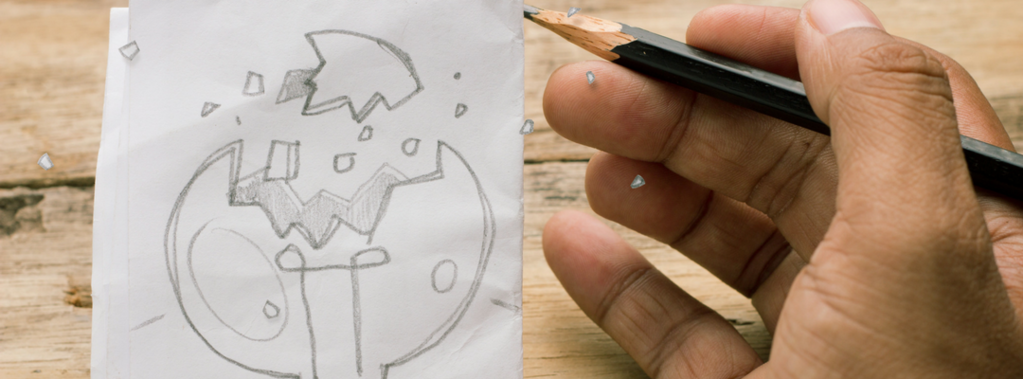- You are here:
- Home »
- Blog

How to Read Faster (Without Speed Reading)
If you’re someone who can’t just get enough words, you’ve probably got an ever-growing list of books that you would love to read.
Unfortunately, most of us don’t have the time to get through the volume of books or materials that we would like to, which may lead us to explore the enticing world of speed reading.
Imagine being able to start and finish a novel on your lunch break, or polish off a chapter or two while waiting for your toast. Seem too good to be true? Well, that’s because it is.
Though speed reading programs may have you convinced that increasing your reading speed to a superhuman level is within your grasp, it has been proven to be an impractical and unreliable method.

What to Do If You Hate Journaling
I have one diary from my childhood years. It’s a collection of thoughts and stories from a month-long study abroad trip I took in high school. Every few years (usually when I’m moving and it needs to get packed in a box), I read through it.
And then I wonder what on Earth I was thinking. Yes, it’s lovely that I have a record of one of my favorite experiences as a teenager. But it’s so… navel-gazing. Even more than being your typical cringe-worthy high-school angst, it’s just more of me than I need to look back on.
This type of reflection is not something I find helpful, either in the act of creation or review. To me, it’s a lovely idea, but in reality, it doesn’t fit the way my mind works.

How to Strive for Excellence (Without Burning Out)
Professional writers are a varied breed. But whether you make your living writing web content, fictional best sellers, or the latest headline articles, nearly all authors who stand above have one thing in common: a persistent and committed dedication to excellence.
As noble and rewarding as a quest for excellence can be, it can also come along with some pretty nasty side effects: stress, anxiety, exhaustion, illness, lack of enthusiasm, and a lack of inspiration or motivation (AKA writer’s block).
When we deal with these side effects for too long, we burn out.

Practical Creativity: Craft Your Perfect Writing Routine
Routines tend to get a bad rap. They’re stuffy, uptight, unforgiving, and only for the most anal types who wear suits to work and get huffy when things don’t go exactly as planned. But in reality, this couldn’t be further from the truth.
When you design your routine the right way, and take into account your personal style and needs, you can actually boost your creativity and become even more inspired (and say hello to your muse whenever you want).
If your personal brand of writing isn’t creative writing (say, if you’re a copywriter or a journalist), molding your schedule around creativity may seem a bit frivolous. But even the most factual, reality-based writing is still creative at its heart; you need to find a unique, personable way to educate, inform, or reach people using only words, which is an art form in itself.
If you’re a creative writer, you may think that scheduling your creativity is the perfect way to kill it — but that’s true only if you try to force it into a schedule that works against it, not with it. Or you may feel guilty for making getting inspired such a priority. But when writing is your passion (and especially if it’s your career), then your creativity deserves care, focus, and commitment — and the right routine will give it just that.
